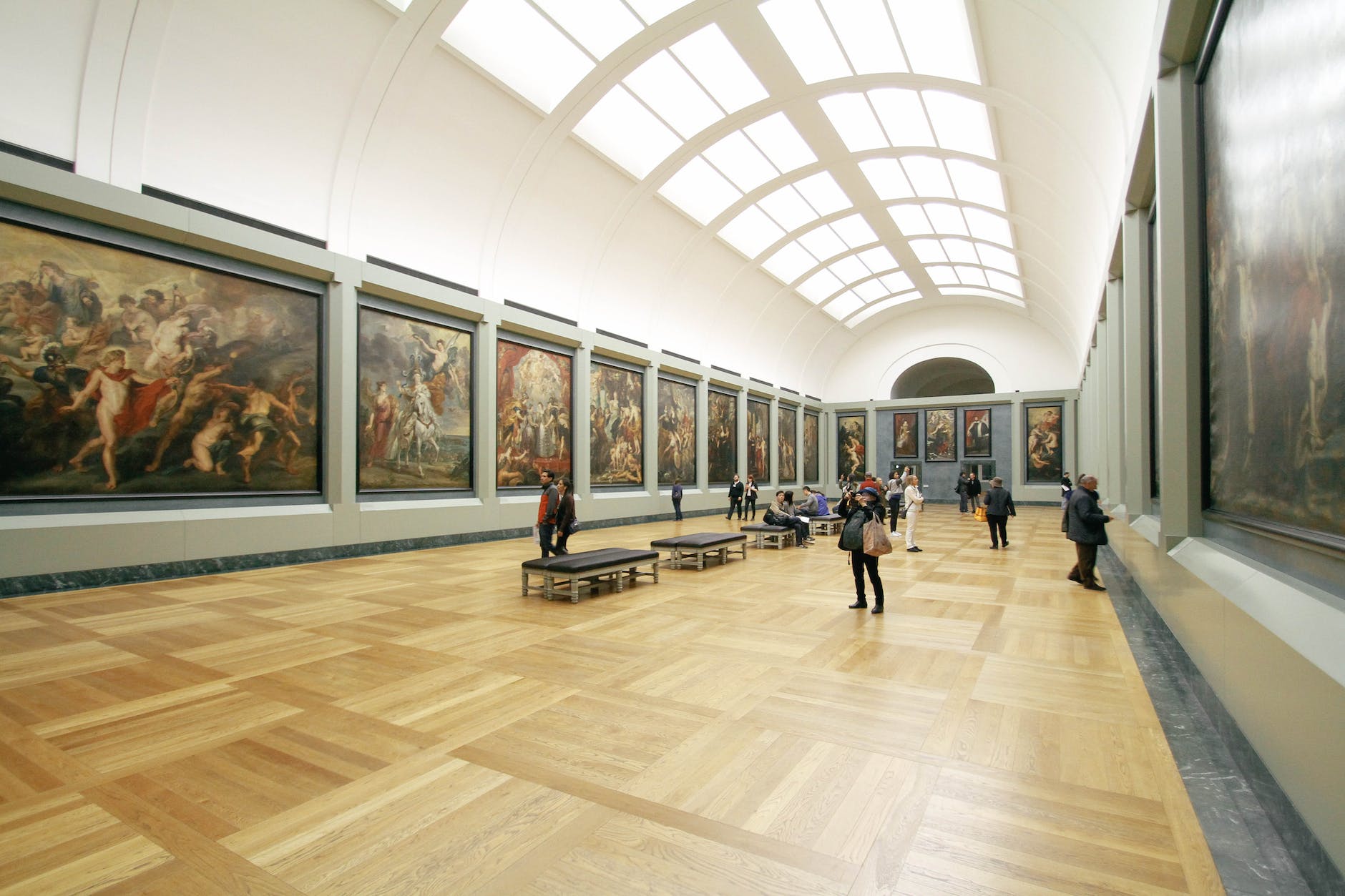The history of the world’s most famous museums is a chronicle of cultural stewardship and artistic celebration. Among the venerated halls of history, three institutions stand as pillars of the arts: The Louvre in Paris, the British Museum in London, and the Metropolitan Museum of Art in New York. Each has its own unique genesis, each a storied testament to the civilizations of the past and the enduring quest for beauty and knowledge.
The Louvre: From Fortress to Artistic Focal Point
The story of the Louvre begins with its foundations as a medieval fortress in the 12th century, evolving into a royal palace and ultimately, a beacon of culture and art. Its transformation was a gradual process, with French kings amassing treasures of art and artifacts. The French Revolution, a time of radical change, catalyzed its metamorphosis into a public museum in 1793, symbolically opening the world of art to society at large.
Artistic Wonders of the Louvre
Within the venerable walls lie the artistic wonders of the Louvre, a vast array of human expression that spans the centuries. Among the plethora of must-see artworks, the Mona Lisa’s inscrutable gaze captivates millions. The Winged Victory of Samothrace soars as an epitome of Hellenistic sculpture, and the ancient Grecian Venus de Milo enchants with her armless beauty. These iconic pieces are complemented by an array of other masterpieces, from grand historical paintings like “The Coronation of Napoleon” by Jacques-Louis David to the delicate statue of Psyche Revived by Cupid’s Kiss by Antonio Canova.
The British Museum: The World’s Collective Memory
The British Museum’s inception as the first national public museum in 1753 marked a new era for access to the treasures of the past. It was established through the bequest of Sir Hans Sloane’s vast collection and has since become a custodian of world history and culture. It houses momentous artifacts like the Rosetta Stone and the Parthenon Marbles, which have shaped our understanding of history.
The Metropolitan Museum of Art: America’s Cultural Treasure
The Met, founded in 1870 by a collective of American citizens, was born from the vision that art is a force for enlightenment and societal upliftment. It now contains an astonishing range of works, from ancient Egyptian relics to American and European masterpieces, illustrating the breadth of human creativity.
These museums are more than just collections of art; they are narratives of humanity’s artistic endeavors. They reflect the evolution of societies and the pivotal moments of our shared history. Through their galleries, we traverse the timeline of human achievement and creativity, connecting with the stories of those who came before us. Each visit is a journey through the artistic wonders of our world.
As we wander through the corridors of these monumental museums, we are not merely spectators of the past but participants in a dialogue that spans the ages. They are sanctuaries where the whispers of history are heard and where the artistic wonders of the Louvre and other museums resonate with the voices of countless artists whose works transcend time and place.
These institutions remind us that art is not a luxury but a necessity of the human spirit. They safeguard the beauty that mankind has brought into existence, nurturing the soul of our global heritage. As custodians of such unmatched splendor, they beckon us to explore, learn, and most importantly, feel. They are not just showcases of art but are themselves masterpieces of human achievement, inviting us to continue the ever-evolving story of civilization.
Avid Writer with invaluable knowledge of Humanity!
Upcoming historian with over 30 million views online.
“You make your own life.”





